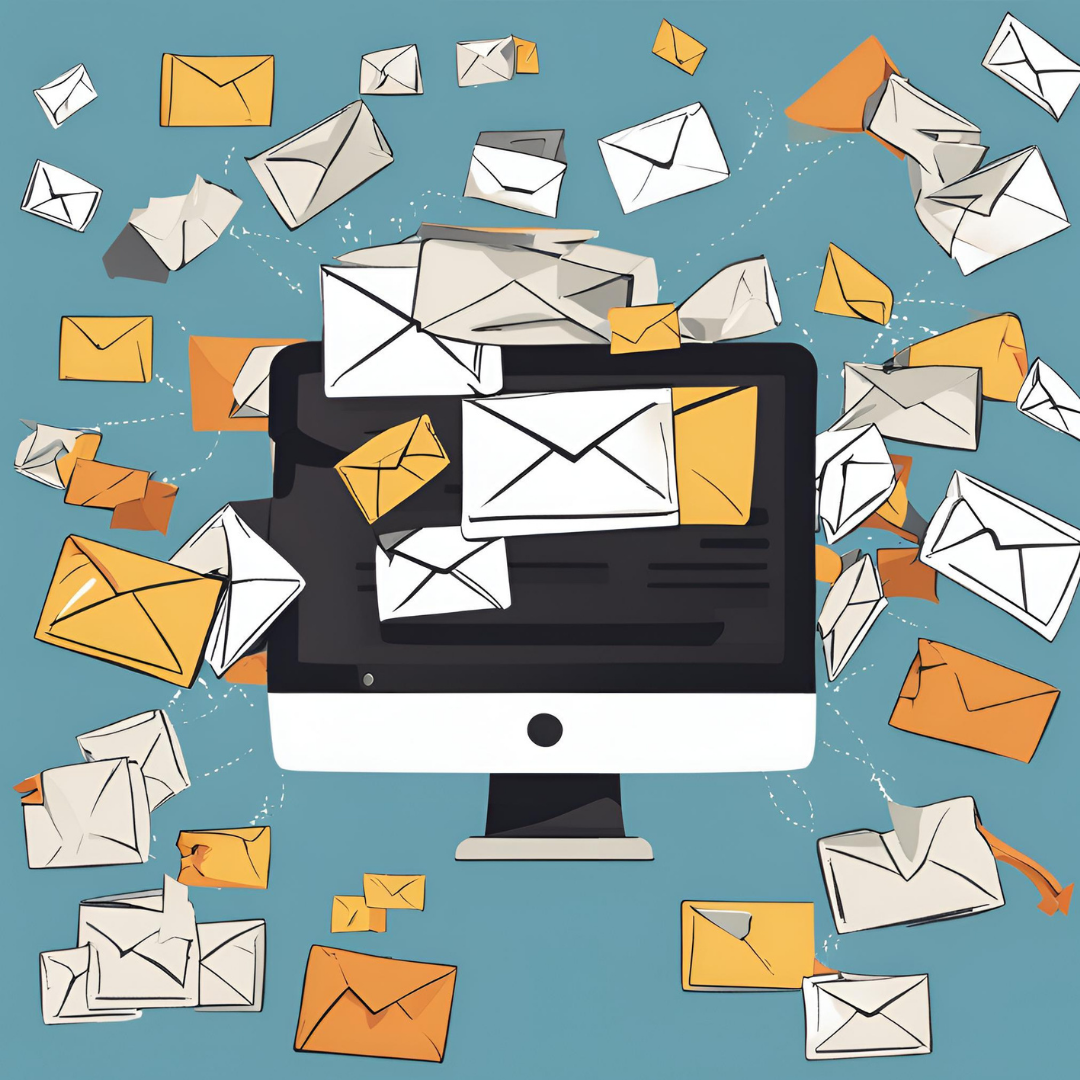Can Disposal Emails Supercharge Your Productivity Here’s the The Truth

You’re juggling five projects. Your main inbox has 200 unread emails. Now a new app wants your email for a free trial. Sound familiar?
Temporary emails aren’t just for dodging spam they can supercharge how you work.
Let’s get into how these disposable tools fit into productivity systems without slowing you down.
The Naked Truth: Disposal Emails vs. Your Workflow
Productivity tools need focus. Apps like Trello, Notion or Slack aim to clear your head. But what happens when signups, newsletters or beta tests clog your main inbox?
Temporary inboxes are spam traps, catching noise before it drowns your workflow.
Think like this. You test a new project management tool. Instead of using your work email, you generate a disposal email via Temp Mail.
All trial emails land there, auto-deleting in 24 hours.
Your main account stays clean. No distractions. No cleanup.
How Do Temp Emails Integrate With Productivity Apps?
Most temporary email services don’t natively integrate with tools like “Zapier” or “Airtable.” But there are workarounds:
- Browser Extensions: Add-ons like TempMail for Chrome let you generate disposable emails on the fly. Need to sign up for a webinar? Copy-paste the burner into your calendar app without leaving the tab.
- API Integrations: Some temp email providers offer APIs. Developers can hook them up to custom dashboards, auto-forwarding key emails (like login codes) to Slack or Microsoft Teams.
- Forwarding Rules: Set your temp inbox to forward specific senders to your main email. Filter everything else to nothing.
You can take valid Temp Mail adresses it lets you create permanent aliases. Forward invoices to accounting software or trial updates to a project channel. You control the flow.
Why Disposal Emails Are Efficient
- Kill Notification Overload: Use a temp email for app trials. Mute the entire inbox without affecting your main account.
- Segment Tasks: Assign a burner to each client or project. Keep communications separate.
- Test Faster: QA teams use disposable emails to simulate multiple users. No need to create real accounts for every test case.
They make it possible to prevent receiving an excessive amount of spam or undesirable emails in the primary mailbox.
As a result, users are able to keep their privacy intact because they prohibit any personal information from being linked to this address.
A predetermined amount of time or a predetermined number of uses will cause it to expire.
The results of one survey indicate that as much as sixty percent of all emails sent in the United States are sent using disposable email addresses.
This is because automatic business alerts frequently generate temporary addresses that are ephemeral.
The Unspoken Truths No One Tells You
Temporary emails won’t replace your main account. Need to recover a password? Burners disappear, you’re locked out. Services like PayPal or banking apps often block them. And teams using shared inboxes (like Help Scout) can’t fully use disposable emails.
But for short-term tasks vendor demos, freelance work, or event registrations they’re unbeatable.
Pro Tips to Integrate Burners With Your Tools
- Label Like a Maniac: In Gmail, forward temp email to a folder named “Burn Zone.” Delete all weekly.
- Automate Your Sanity: Use Make.com or IFTTT to auto-delete temp inbox content after 48 hours.
- VM + Burner: Combine a burner email with a virtual phone number (like Google Voice) for super-secure sign-ups.
Your Email Should Be a Chameleon Not Static
Imagine this: You book a hotel, and your auto-rotating temp address forwards the confirmation, then poof. No spam from the hotel’s “exclusive deals” list. Future productivity ecosystems won’t just include burner emails they’ll be them.
Think encrypted aliases in healthcare apps hiding patient portals or ephemeral inboxes for freelancers siloing client chats. Notion could have project specific burners so teams can test SaaS tools without leaking corporate emails to third-party data vultures.
But here’s the thing: What if your CRM generated self-destructing addresses for sales leads and killed stale contacts automatically?
Or your password manager had a temp email API and created unique logins that disappeared after use? The line between “disposable” and “essential” gets blurry fast.
Will Your Grandkids Even Have a “Primary Email”?
Let’s get crazy: Decentralized identity wallets might replace traditional emails entirely. Imagine logging into sites with biometric-bound burner addresses that expire post-transaction.
Retailers couldn’t resell your data if they tried your zero-trust email layer would break their business models.
Startups like Proton already combine VPNs with temp inboxes; soon your Zoom account might create meeting specific emails that die when the call ends.
Even governments could use citizen burners for public services and kill phishing scams. Why risk your real address when AI driven temp proxies can authenticate you?
The future isn’t about hiding your email it’s about making the idea of a “permanent inbox” go away.
Finally
Temporary emails aren’t magic, but they’re close. They slice through spam, shield your privacy, and slot seamlessly into productivity tools you already use. Think of them as on-demand assistants here when you need them,
gone when you don’t. Will they replace your main email? No. But they’ll free it from the junk that hijacks your focus. The real question: Do you want your inbox to control you, or you to control it? Ditch the clutter. Grab a disposal emails address. Watch your efficiency and sanity rise.
The future of email isn’t about hiding; it’s about owning your digital autonomy, one disposable click at a time.
25/10/2025 21:07:25